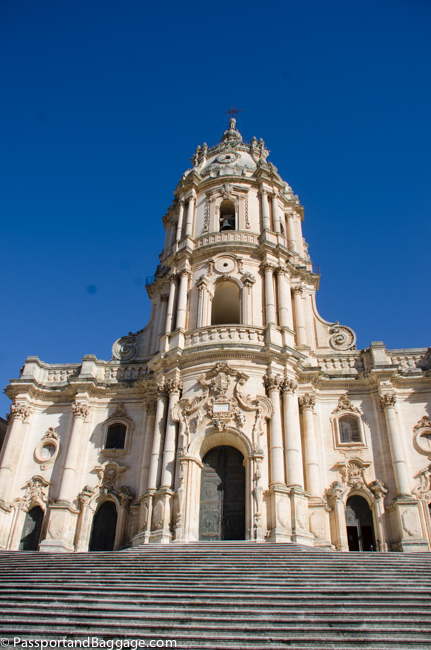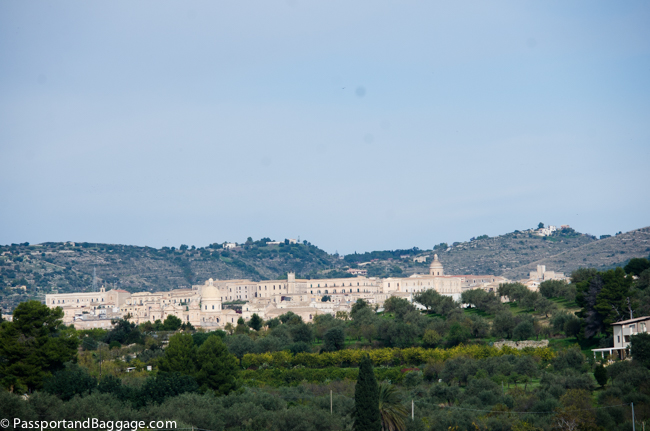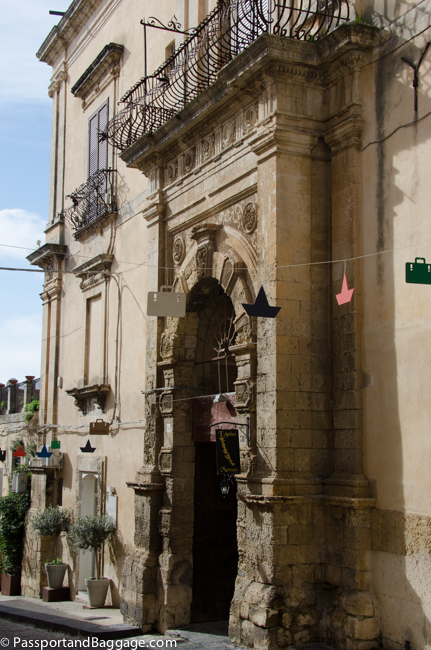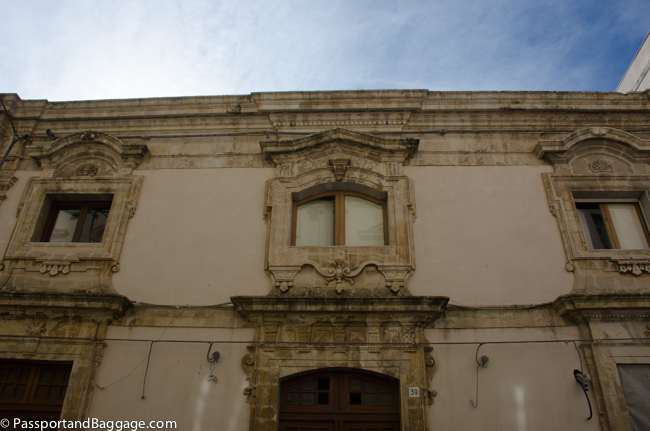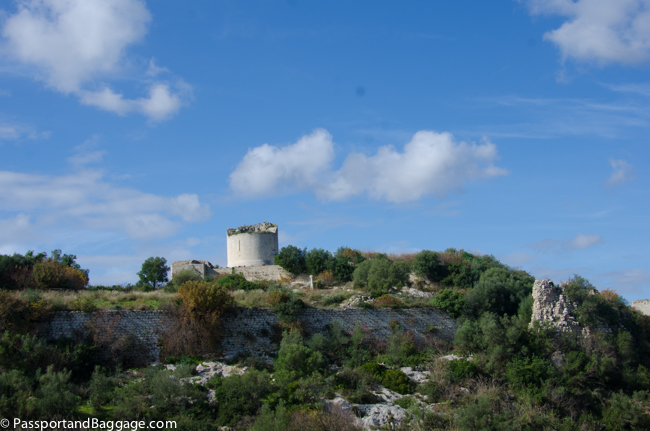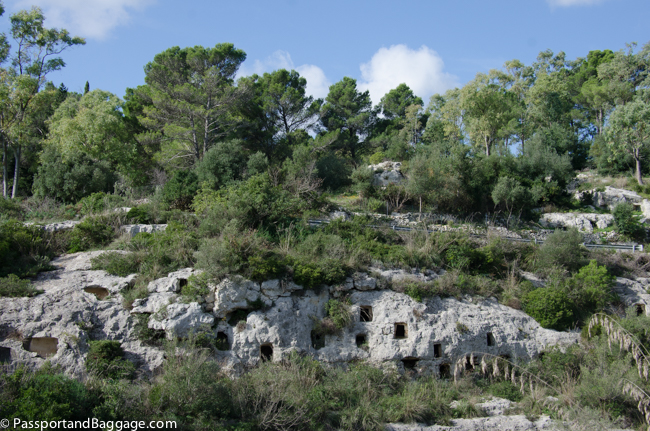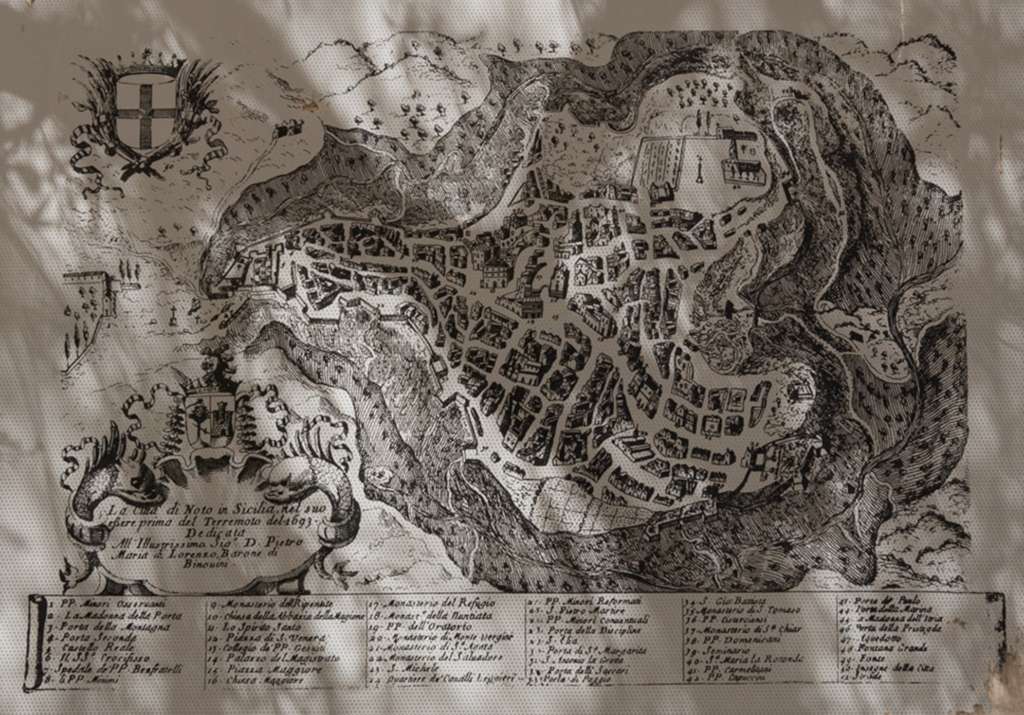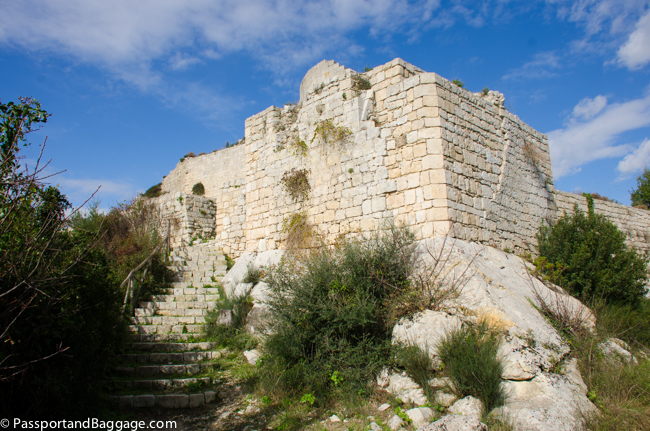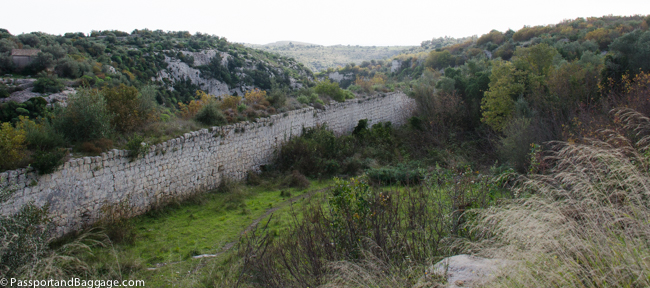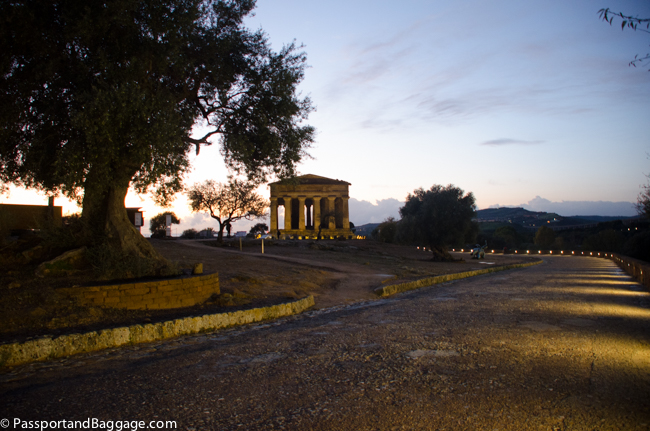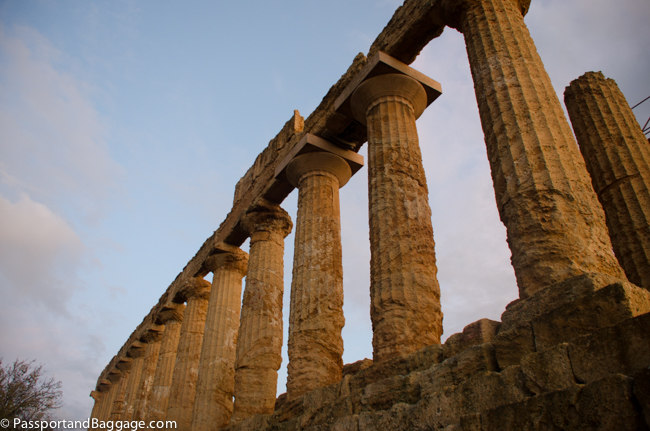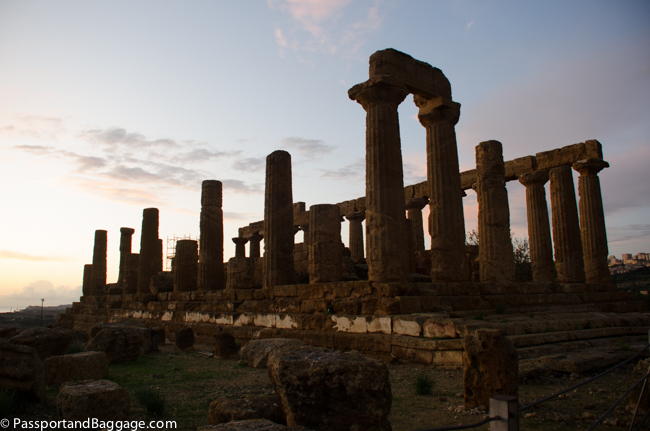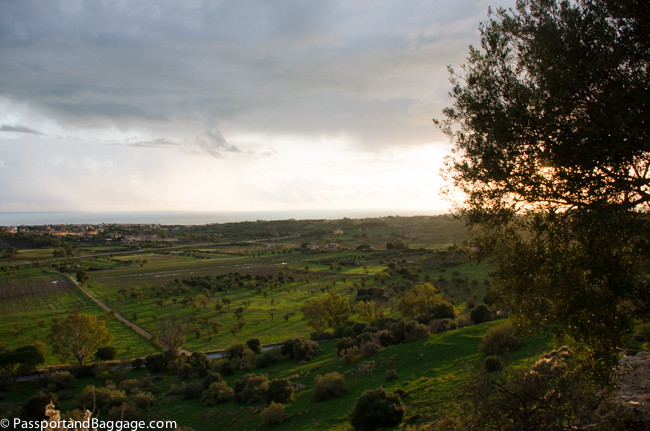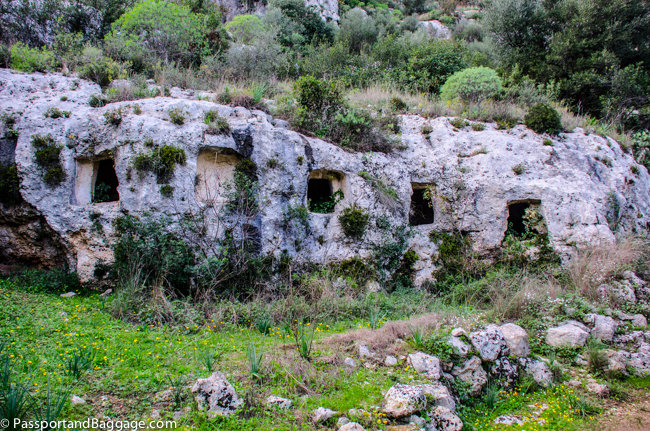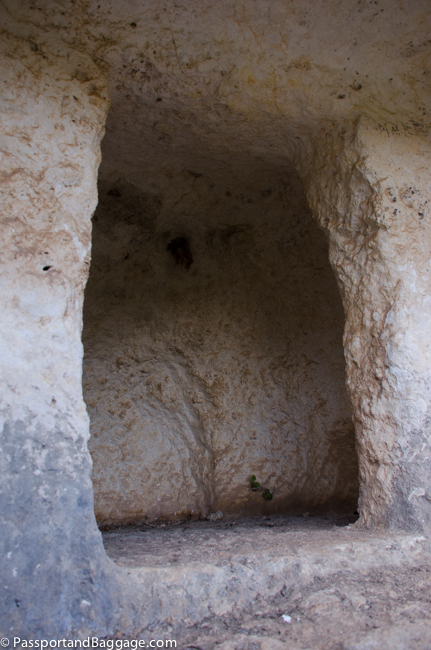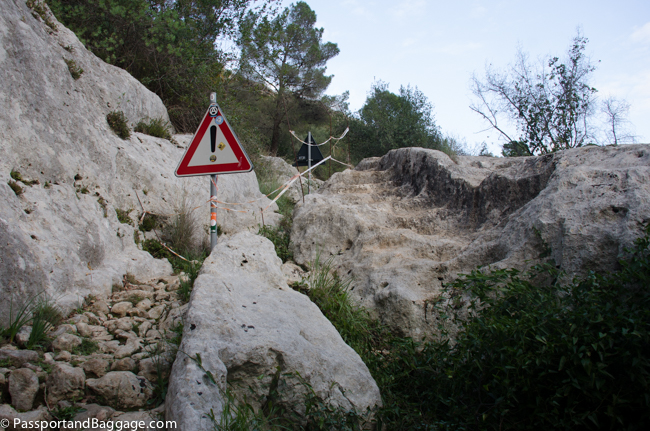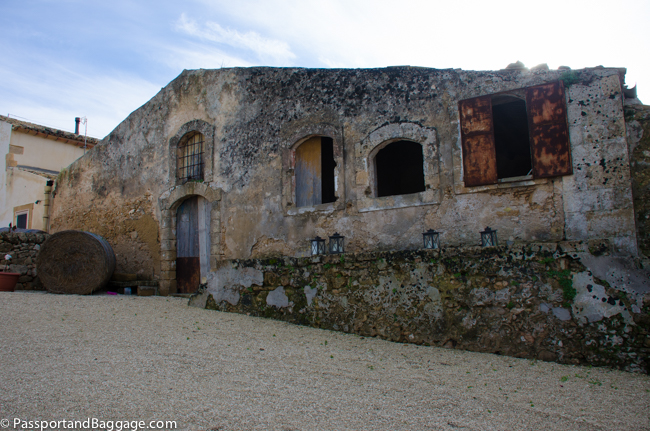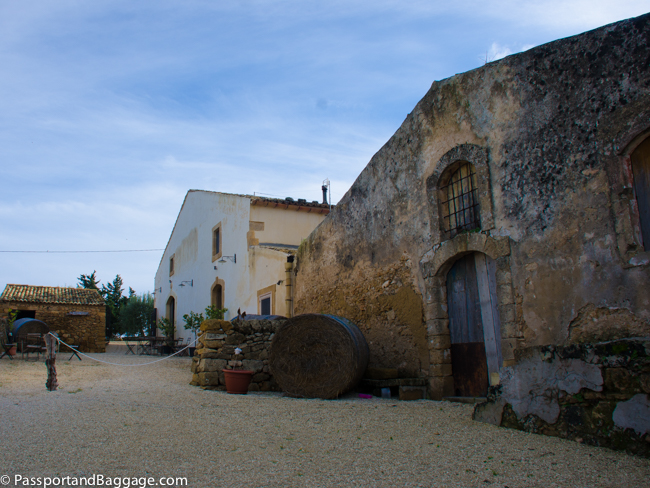November 20, 2019
Hilltowns of Val di Noto
In 1693 an earthquake struck parts of southern Italy near Sicily, Calabria, and Malta with an estimated magnitude of 7.4 It destroyed at least 70 towns and cities, seriously affecting an area of 2,200 sq miles and causing the death of about 60,000 people.
The earthquake was followed by tsunamis that devastated the coastal villages on the Ionian Sea and in the Straits of Messina. Almost two-thirds of the entire population of Catania were killed. The epicenter of the disaster was probably close to the coast, possibly offshore, although the exact position remains unknown.
The result was an immediate and huge Baroque renaissance. Some towns were rebuilt from scratch on new sites, others stayed where they had always been. The eight towns in south-eastern Sicily: Caltagirone, Militello Val di Catania, Catania, Modica, Noto, Palazzolo, Ragusa, and Scicli, have been placed on the UNESCO World Heritage list with the comment: “the Late Baroque Towns of the Val di Noto in southeastern Sicily provide outstanding testimony to the exuberant genius of late Baroque art and architecture… and represent the culmination and final flowering of Baroque art in Europe.”
The Cathedral of San Georgio in Modica was built in 1818 under the guidance of the Jesuit Francesco Mauro.
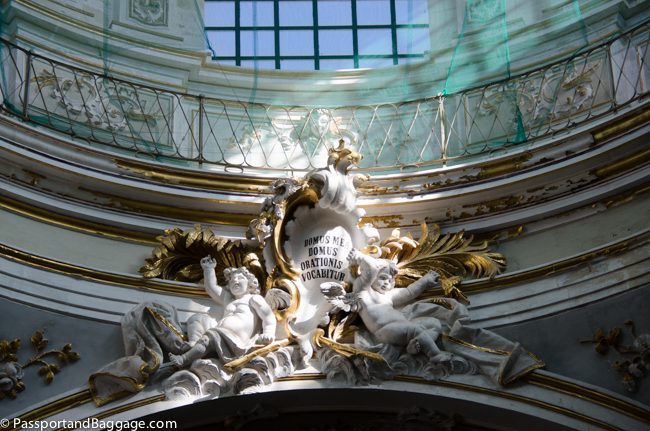 The cathedral is dedicated to the martyrs St. George and St. Hippolytus. It has a fully functional monumental organ with four keyboards, 80 registers and 3000 reeds, which was built between 1885 and 1888 by Casimiro Allieri from Bergamo.
The cathedral is dedicated to the martyrs St. George and St. Hippolytus. It has a fully functional monumental organ with four keyboards, 80 registers and 3000 reeds, which was built between 1885 and 1888 by Casimiro Allieri from Bergamo.
Modica is also known for its 400-year tradition of Sicilian chocolate-making. As part of the Spanish kingdom, Sicily often received new foodstuffs brought back from South America. Cacao was one of these and today Modica still specializes in making very granulous chocolate, based on Aztec methods.
 It involves grinding cocoa beans by hand to a paste, incorporating sugar and flavorings such as salt or pomegranate, then placing it in a traditional rectangular mold to set.
It involves grinding cocoa beans by hand to a paste, incorporating sugar and flavorings such as salt or pomegranate, then placing it in a traditional rectangular mold to set.
Because the temperature of the chocolate never rises above around 104F – much lower than in industrial processing – the cocoa butter doesn’t separate, nor does the sugar entirely melt. That is what gives Modica chocolate its distinctive rich flavor and slightly grainy texture.
Noto
Eyewitness: “Then came an earthquake so horrible and ghastly that the soil undulated like the waves of a stormy sea, and the mountains danced as if drunk, and the city collapsed in one miserable moment killing more than a thousand people.”
(As quoted by Stephen Tobriner: The Genesis of Noto: An Eighteenth-century Sicilian City)
Noto is, quite simply, the pinnacle of Baroque town planning and architecture. Completely destroyed by the 1693 earthquake, it is one of the towns that was rebuilt from scratch on a new site, about 6 miles from the old town.
Under the supervision of the Duke of Camastra, the Spanish Viceroy’s right-hand man, three architects, Labisi, Sinatra and Gagliardi, were intent on creating a new town based firmly on Baroque ideals.
The town was divided into three parts by three roads running from east to west. At the top lived the nobility, in the middle the clergy, and at the bottom, the hoi polloi.
The principal building material used was local compacted limestone.
Noto Antica
Noto Antico is a city of Sicel origin. And according to legend, Daedalus stopped here after his flight over the Ionian Sea, as well as Hercules, after his seventh task.
In 866 Noto was conquered by the Arabs, who made it a capital city of one of three districts of the island
In 1091, it became the last Muslim stronghold in Sicily to fall to the Normans.
In 1503 king Ferdinand III of Naples, (of the House of Trastámara, also known as Ferdinand II of Aragon and Ferdinand V of Castile), granted it the title of civitas ingeniosa (“Ingenious City”). In the following centuries, the city expanded, growing beyond its medieval limits. These, however, were all totally destroyed by the 1693 Sicilian earthquake.
Agrigento
Modern Agrigento used to be the Greek city of Akragas, a colony of settlers mainly from Rhodes and Crete who, having initially settled in Gela, decided to move west, partly in an attempt to stem the ambitious advances of Selinunte and partly because the land in the area was ideal for cultivating olives, grapes, and cereal.
However, as it grew successful, so did its rivalries grow with other Greek colonies, especially that of Siracusa. In 406 BC Hannibal and the Carthaginians laid siege to the city. When Akagras fell its citizens were removed to Gela while they were later allowed to return they had to pay taxes to Carthage.
Sitting in the valley below Agrigento is an impressive group of monuments of Magna Greece.
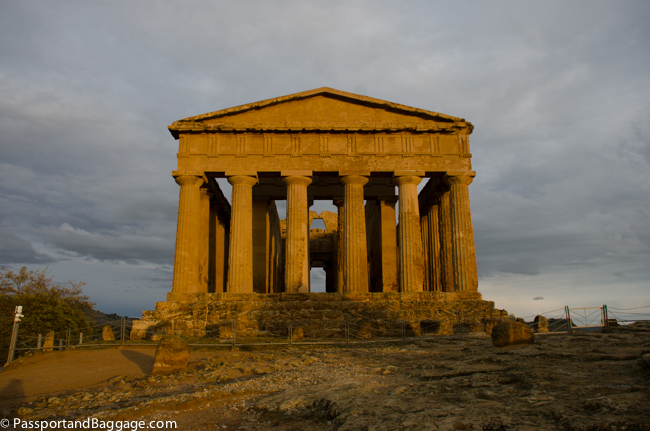 The Temple of Concordia was built around the 5th century. It is located along the via Sacra and is among the best-preserved temples. The name Concordia comes from a Latin inscription found near the temple itself.
The Temple of Concordia was built around the 5th century. It is located along the via Sacra and is among the best-preserved temples. The name Concordia comes from a Latin inscription found near the temple itself.
The temple of Juno (Hera Lakinia) name is a result of a wrong interpretation of a Latin inscription found near the site, that aligns it with the temple of Hera, in Crotone. Sitting in the easternmost part of the hillside, it housed the cult of the goddess of fertility.
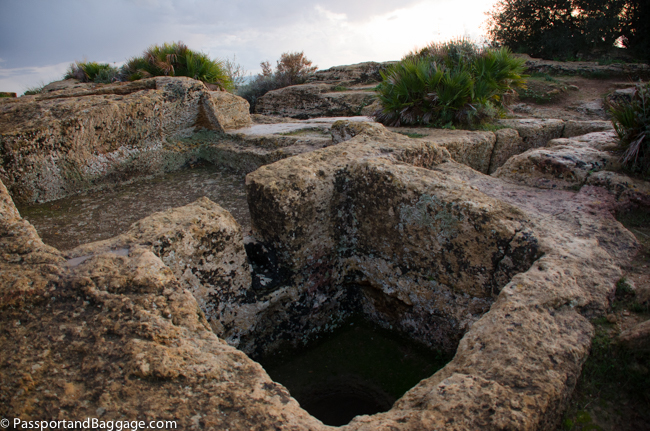
The remains of Gate III destroyed in the 6th century
Necropolis of Pantalica
The Necropolis of Pantalica is a collection of cemeteries with rock-cut chamber tombs dating from the 7th to the 13th centuries BCE. There have been thought to be over 5000 tombs, although the most recent estimate suggests a figure of just under 4000. Pantalica was listed as a UNESCO World Heritage Site in 2005.
Who was buried here is not really certain. The site was originally settled by the Sicanians who were then displaced by the kingdom of the Sicels possibly sometime in the 13th century BCE.
The bodies would have been buried with items that included characteristic red-burnished pottery vessels and metal objects, including weaponry (small knives and daggers) and items of dress, such as bronze fibulae (brooches) and rings. Most of the tombs contained between one and seven individuals of all ages and both sexes. Many tombs were evidently re-opened periodically for more burials. The average human life span at this time was probably around 30 years of age. The size of the prehistoric population is hard to estimate but might have been 1000 people or more.
The walk down to the Necropolis of Pantalica is not an easy one, here are just a few shots of the trail.
Pantalica evidently flourished for about 600 years, from about 1250 to 650 BCE.
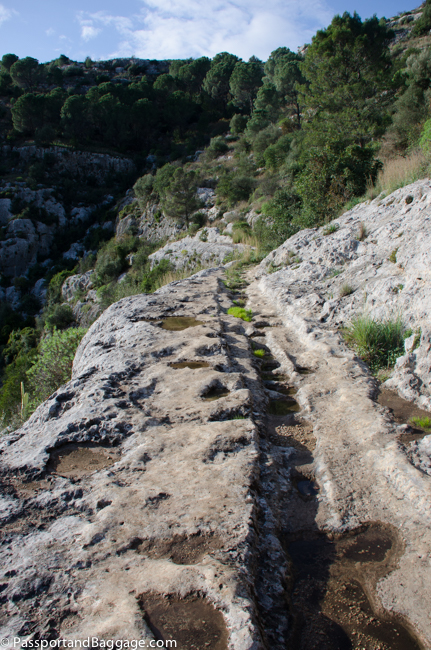
*
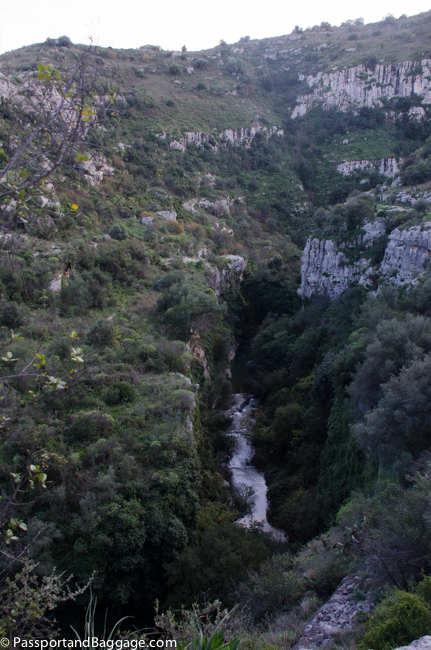
The Necropolis extends around the flanks of a large promontory located at the junction of the Anapo river with its tributary
Azienda Agricola Marianeddi
The town of Noto has made the must-visit-list of the likes of the New York Times and CN Travel, so the town has far more tourists than I saw in any other hill town of Val di Noto. It also has lots of high-end restaurants and shopping.
To avoid all of that, a hotel worth finding if you are in this part of Italy is The Marianeddi. It sits on a nature preserve down a long dirt road but it is exquisite and a mere 20 minutes from downtown Noto.
The owners are just delightful and the food is sublime. The peace and quiet is exactly what this weary traveler needed.
*
